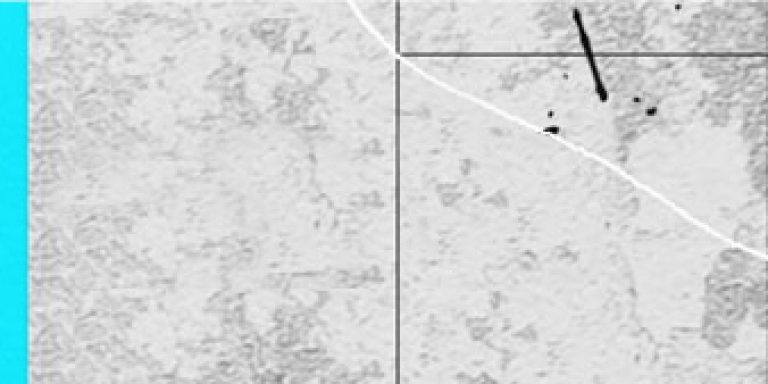Deep snow, vast spaces, great views…. and costly tickets and kit. Normally you have long breaks between skiing sessions, or maybe only one week’s skiing a year.
Here are some science based strength and conditioning drills for grass or tarmac that will help you keep and improve your ability to ski.
A little science first
Alpine skiing is what it can be called a glycolytic sport: short and intense bouts with plenty of rest in between. That doesn’t mean easy, rather the opposite! In those 2-3 minutes your body sustains dramatic forces, for example when performing the “carved turn” (up to 2.5G). Your quadriceps are in constant near-maximal tension to stabilize and absorb even the tiniest irregularity in the snow. The rest of the upper leg (hamstrings and glutes) is responsible for jumping, landing and absorbing big impacts. The shin also plays an important role, determining the forward angle of the entire body and supplying it with “brute force” for the entire descent*.
A couple more things are worth mentioning, aside from the main “big” muscles:
- Tendon elasticity. You will be well aware of the vibrations which the snowy ground transmits to your body. Your capability of dampening those vibrations is directly proportional to the elasticity of your tendons*;
- Core stability. Your balance is essential, and even though it is sometimes overlooked in favour of achieving massive legs, your core plays a key role in keeping you steady in the right position**.
And now… How to get better at skiing when off-snow?
THE EXERCISES
Inline skating (rollerblades)

Yes, it’s true! Research shows that learning, perfecting and consistently use roller blades (or ice-skates) will translate into many skiing skills***. It is a great opportunity to learn something new, have fun and continue improving in your favourite discipline.
Quad pulses
This rather hard exercise will set your quads on fire, ready to sustain the toughest of the descents. In a squat position, swap between a bit lower than 90 degrees to just above, with a controlled movement, for 90 seconds. Rest at will and repeat 4 times.
Lunges
A classic, but always great exercise. Lunges even out imbalances by using one leg at a time, keep your posture upright and last (but not least) you can increase the load in any way you want by holding a weight in your hands. Perform 20 lunges/leg for 4 times.
Side jumps
This agility drill will keep your legs elastic and reactive. For effective results, don’t focus too much on how high/far you jump, but rather on how quick your rebound is. Make it springy and snappy for a better simulation of the force deployed in skiing. Perform 5 rounds of 40 seconds, with a couple of minutes of rest in between.
Mobility
Maintaining a healthy stretching routine is a precious habit for everybody, whether you’re an athlete or not. It might not seem as important as getting stronger, but through preventing injuries it will keep you on the slopes for a lot longer and safer****. My personal pick for ski prep is windmills. On a wide stance, legs completely straight, bend over and rotate to reach the opposite foot with one hand. Alternate dynamically between the two. Perform for 40 seconds, 4 times.
Core strength
As per the stretches, a solid core protects your spine from downward and sideways forces while skiing, keeping you safer. For this exercise, place your hands on a unstable (but safe!) surface, such as: ball, a bag, a foam roller… and try to achieve a solid, stable plank. Once you’re confident at this stage, start raising one knee at a time and alternate, always keeping everything controlled, fluid and without jerky motions. Perform for 40 seconds, 4 times.

References
*Hebert-Losier K., Supej M., Holmberg, H. (2014) ‘Biomechanical factors influencing the performance of elite alpine ski racers’ Journal of Sports Medicine, 44(4), 519-533
**Hydren, J. R., Volek, J. S., Maresh, C. M., Comstock, B. A., Kraemer, W. J. (2013) ‘Review of Strength and Conditioning for Alpine ski Racing’ National Strength and Conditioning Association, 35(1), 10-28
***Bozic, I., Cigrovki, V., Bosnjak, G., Jakocljevic, V., Tesanovic, G. (2017) ‘Contribution of inline skating to learning basics of alpine skiing’. Sportlogia, 13(1), 1-8
****Koehle, M. S., Lloyd-Smith R., Taunton, J. E. (2002) ‘Alpine ski injuries and Their Prevention’. Journal of Sports Medicine, 32(12), 785-795.





